Italy's passionate affair with coffee is an integral part of its cultural fabric, a tradition that transcends the simple act of consuming a caffeinated beverage to take on the air of an important social ritual. The journey of coffee into Italy dates back to the 16th century, when merchants returning from the east first introduced the exotic bean to the bustling ports of the Venetian Republic. In the year 1600, prominent coffee-convert Pope Clement VIII himself officially ‘baptised’ the new drink, legitimising its consumption by Christians; in the century that followed coffee houses, or "botteghe del caffe," sprang up in all major Italian cities, soon becoming hubs for intellectual discourse, political debates, and social gatherings. By the 1760s there were over 200 coffee houses in Venice alone.
Italians, then, quickly embraced coffee - and not just for its stimulating properties, but also for the communal experience it offered. Fast forward a few centuries, and coffee bars are a fixture of every single neighbourhood in Italy. From the rich aroma wafting through the air to the iconic espresso machines humming in the background, there are few things more Italian than the local bar.
Coffee culture, with its apparently strict rules of consumption, is a cornerstone of Italian life. It’s in the bar, over macchiati and cappuccini, corretti and marrochini that friendships are forged, business deals are struck, and daily routines are cemented. But what are the favourite types of coffee drunk by Italians, and when is the best time to enjoy each variety? And is it ever okay to order a cappuccino in the afternoon? Find out before coming to Italy with our guide!
Caffe (Espresso)
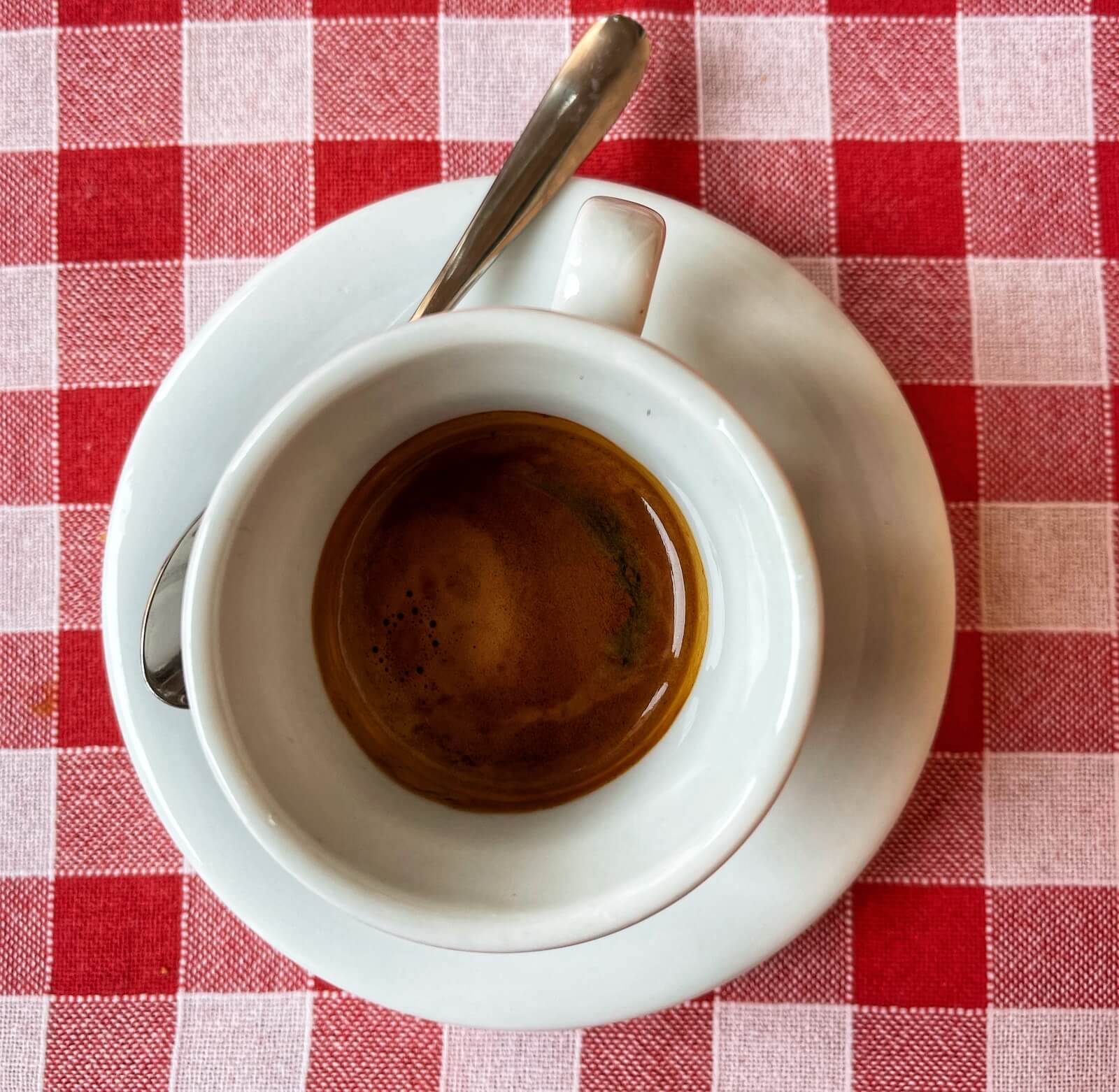
Short and strong like some Victorian bare-knuckle boxer, you’ll probably know the Italian coffee par excellence as espresso. Here in the mother country it’s simply known as plain old caffe, or caffe normale to avoid any confusion - although nobody will look twice if you ask for an espresso. An Italian coffee is characterised by its bold flavour and rich crema, and it certainly packs a punch. Call for a doppio if you want to double things up. Stopping off at the bar for a quick stand-up coffee at the counter is a fundamental daily ritual in Italy, providing vital fuel for the busy happenings of la dolce vita.
When to order: it’s appropriate to knock back a café at any time of the day or night, preferably multiple times over the course of the day.
Cappuccino
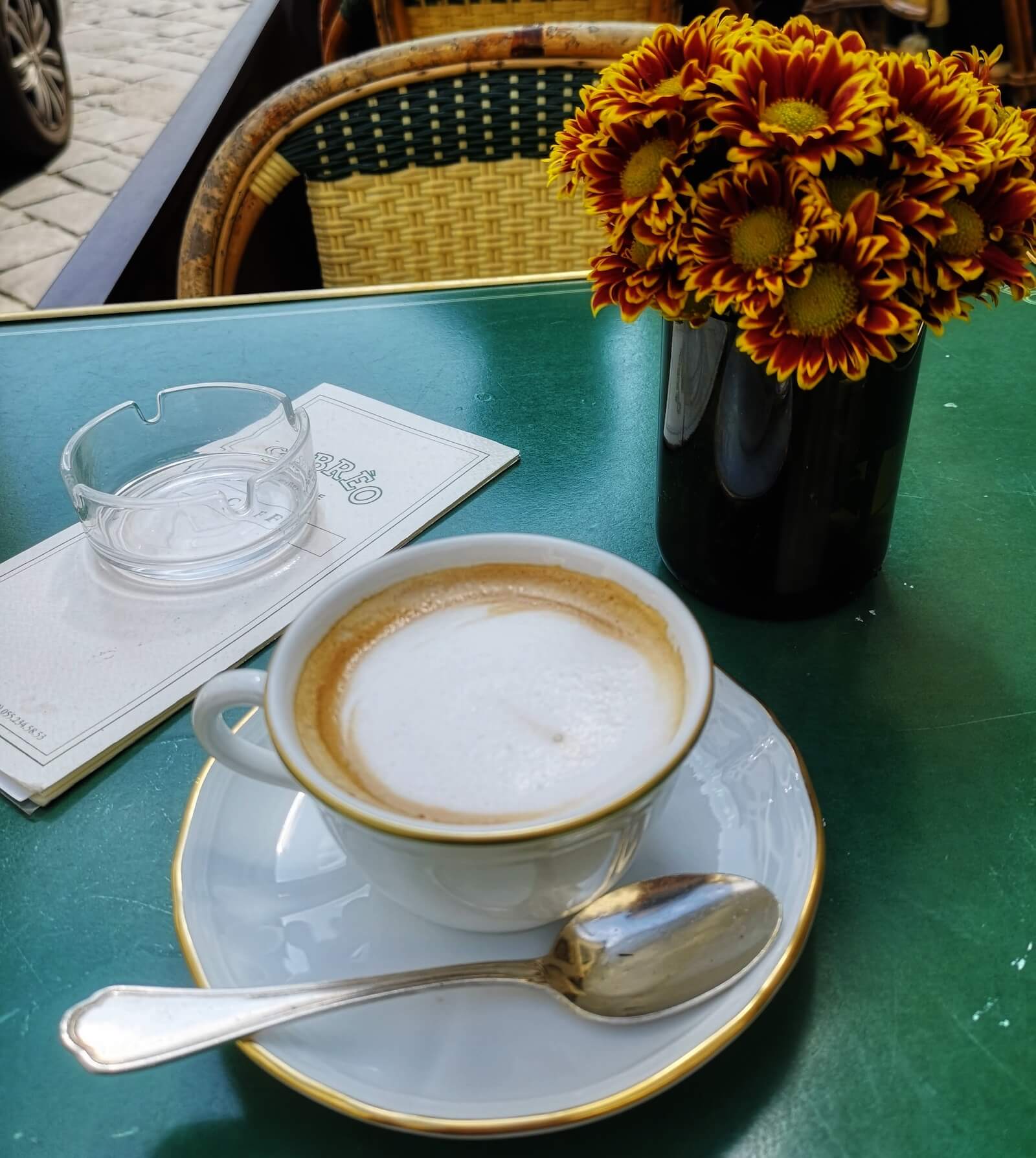
No Italian morning is complete without a cappuccino, that iconic silky brew that forms the centrepiece of any Italian breakfast worth its salt. If you’re used to the Starbucks version of a cappuccino, however, be warned that the real deal won’t come in a bucket that takes you three hours to finish; instead a classic cappuccino is a moderately sized brew made from a single shot of espresso topped with around 100 millilitres of steamed and frothed milk.
But before you order your cappuccino, you should know where the name comes from. The drink earned its name due to the resemblance of its colour to the brown hooded robe worn by Capuchin friars, known as a "cappuccio" in Italian. The drink's hue, resulting from the combination of espresso and frothed milk, resembles the colour of the Capuchin robes - hence the name "cappuccino."
When to order: At breakfast of course! But if you fancy a cappuccino later in the day then Italians won’t kill you - in fact plenty of people on the peninsula enjoy a milky coffee in the late afternoon. Just don’t ask for a cappuccino at the conclusion of a meal unless you want to see your waiter reach for the barf bag - Italians have very specific ideas about digestion.
Caffe Macchiato
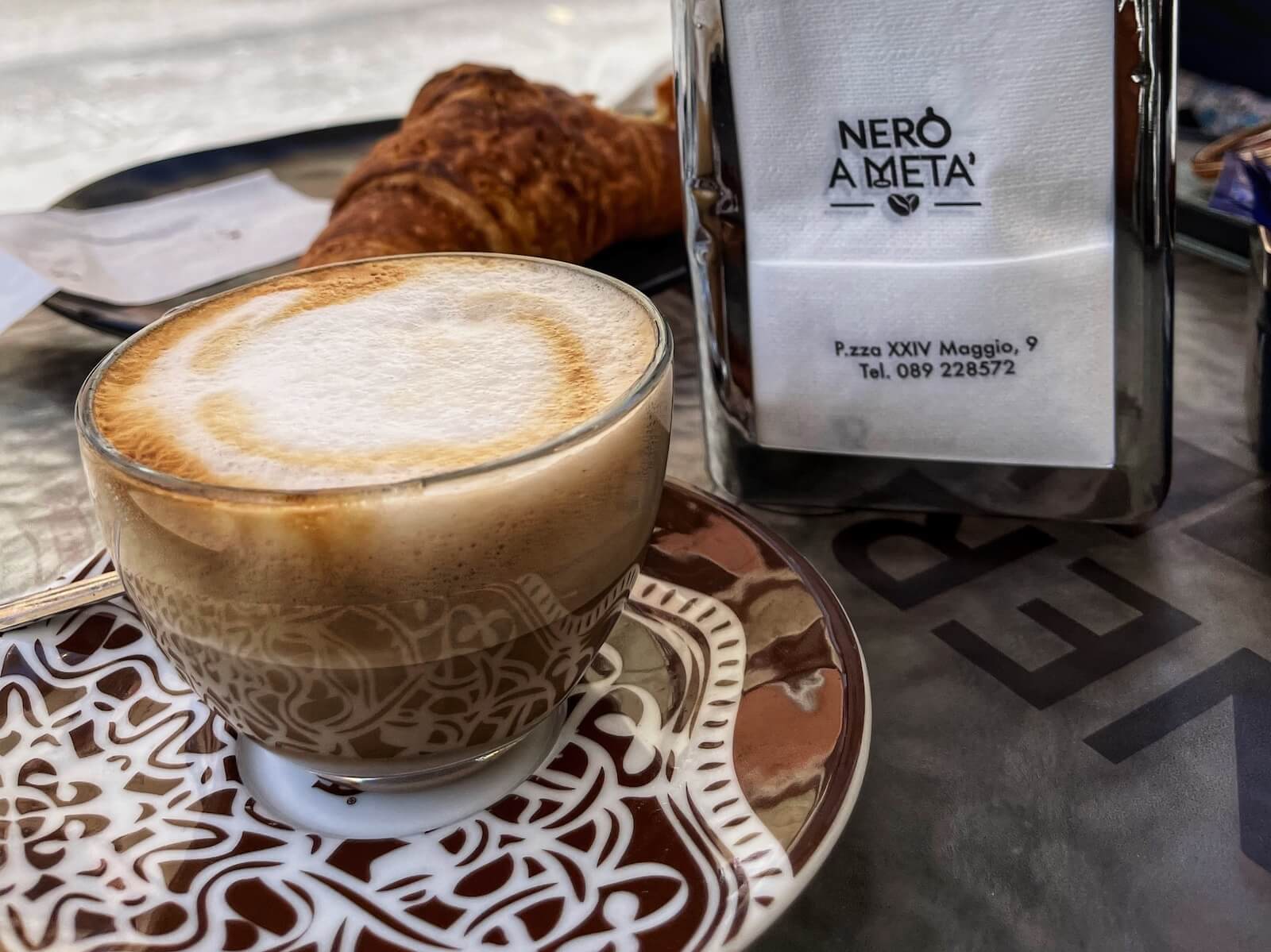
For those who like their jolt of caffeine slightly rounded around the edges, the caffe macchiato is the perfect option. Macchiato means stained in Italian, and this coffee concoction simply encompasses a normal espresso topped up with a dollop of frothed milk. Perfect when you want your caffeine fix served up without a side order of the jitters.
When to order: Like a regular caffe, you can feel free to call for a macchiato any time without fear of being silently judged.
Caffe Ristretto
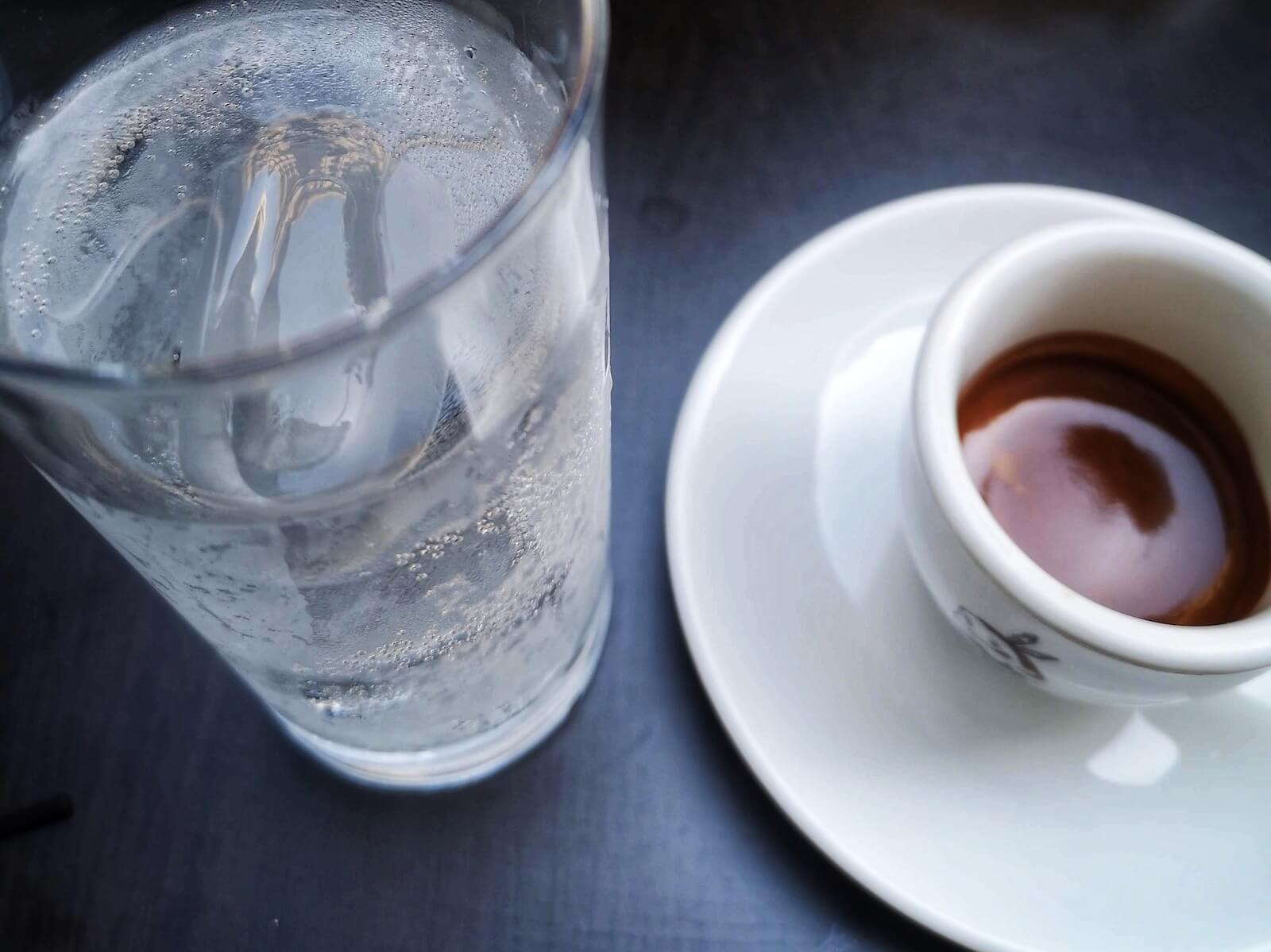
This one is for the real purists. If you find that a plain old espresso just isn’t doing it for you, then you need to try the smaller and much stronger caffe ristretto. A classic order in the coffee culture of Naples, where it comes in scalding little cups, the ristretto is made with the same amount of ground coffee as a normal caffe but brewed with only half the amount of water. The result is a concentrated 20 millilitre jolt of caffeine that will barely cover the bottom of your espresso cup but sure to kickstart even the most sluggish of systems. But it’s not merely more concentrated. Thanks to the vagaries of the chemical compounds in coffee and how they are extracted under pressure, the café ristretto also boasts a subtly different flavour profile that devotees swear by.
When to order: A ristretto can be a mid-morning gamechanger, helping you power through until lunch.
Caffe Lungo
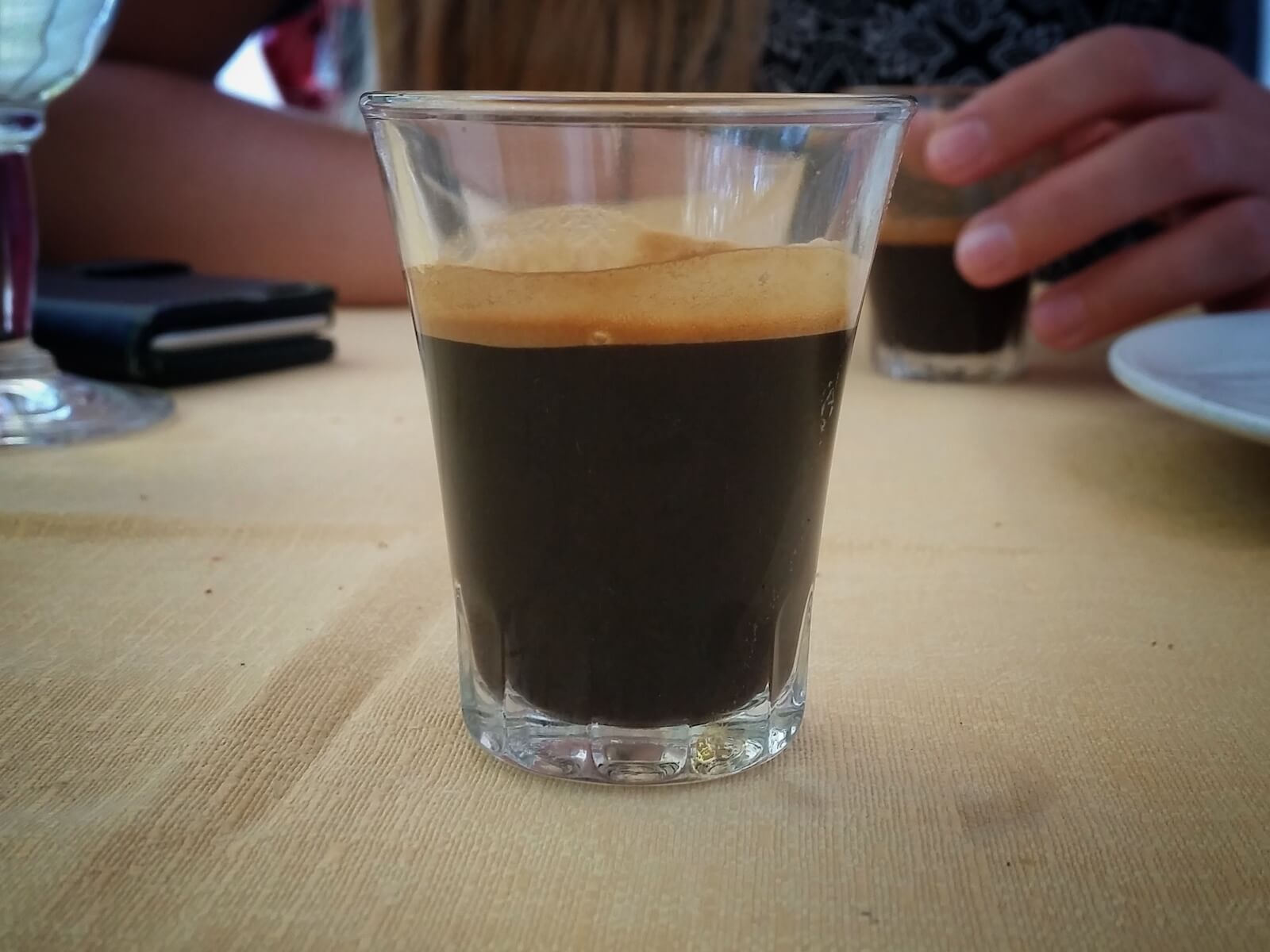
Moving in the other direction, the caffe lungo is the mirror image of the caffe ristretto, Here twice the amount of water used for a standard caffe is passed through the same amount of ground coffee, producing a longer and less intense beverage that is nonetheless still small enough to be served in an espresso cup.
When to order: As another variant of the standard coffee, feel free to order this one whenever you like.
Caffe Americano
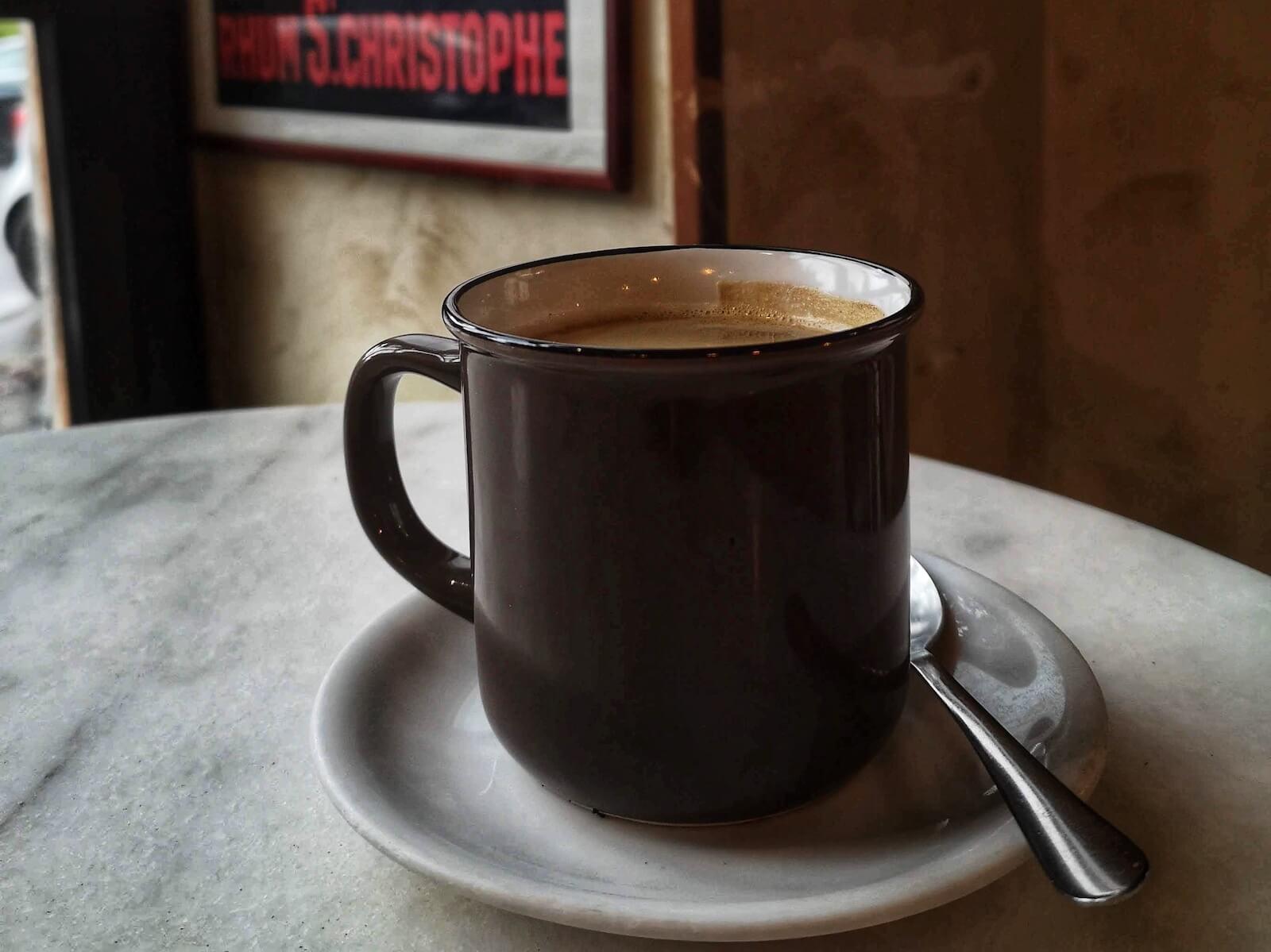
Longer and less intense again is a caffe Americano, whose name is a nod to the traditional American preference for larger coffees. Beyond the increase in size, the main difference between a caffe americano and a caffe lungo is that whereas the latter is brewed by extracting a shot of coffee through a larger than usual amount of water, a caffe americano is made instead by adding hot water to a shot of regularly brewed espresso, typically at a ratio of 3:1 or 4:1.
The origins of the name are disputed: some claim that the caffe americano came into being as a result of the habit American GIs stationed in Italy had during World War II had of diluting strong local coffee with water in the hopes of approximating a good ol’ cup of joe, whilst others assert that the term originated as a derogatory slur for the weak coffee drunk by American expats in Mexico and Central America in the 1950s.
When to order: When you need a sizable coffee to linger over as you finally finish that novel tucked up in the corner of a cafe.
Caffe Corretto
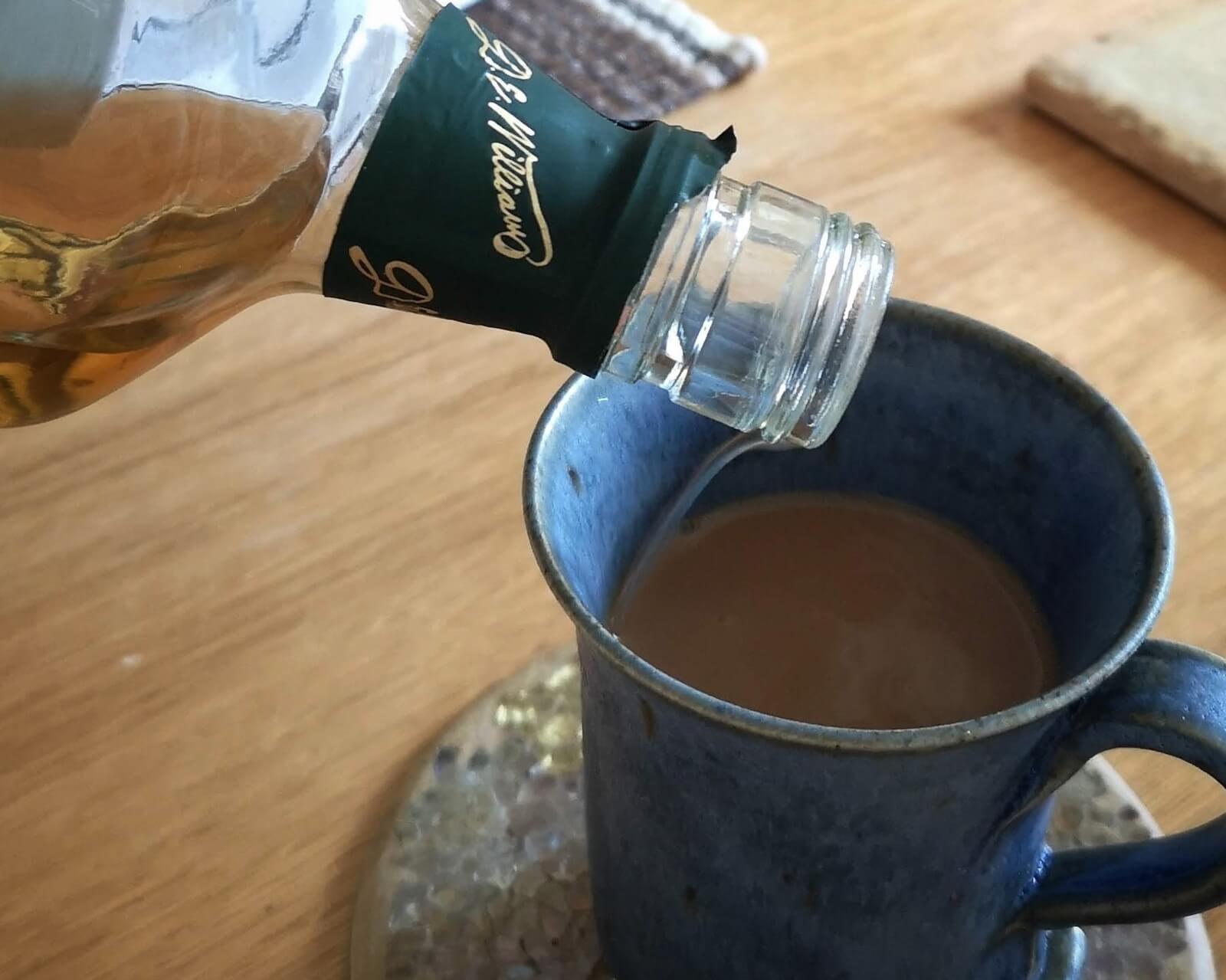
Whilst coffee is a great pick me up, sometimes mere caffeine simply doesn’t do the trick. If it’s been one of those days and you’re flagging, or if your meeting schedule is a mile long and you’re dreaming of bed before you’ve even logged on to Zoom, then you need to get yourself a café correto. Corretto means corrected in Italian, and the error being corrected here is a fundamental one: coffee’s intrinsic lack of alcohol. Indeed, a caffe corretto is simply a normal espresso jazzed up with a shot of the liquor of your choice; in Italy, that’s usually either grappa (a potent distillate made from grapes) or aniseed-heavy Sambuca - but if you want to switch things up by adding whiskey, rum, or even an amaro like Fernet Branca or Genziana, no one‘s really going to mind.
Best of all? As it looks for all the world like you’re knocking back a simple coffee, nobody needs to know that you’re silently tanking up in the middle of the day - this is your and the barman’s little secret.
When to order: Whenever you really need a pick-me-up - shortly post lunch is a good shout if you want to ward off the afternoon slump.
Caffe Shakerato
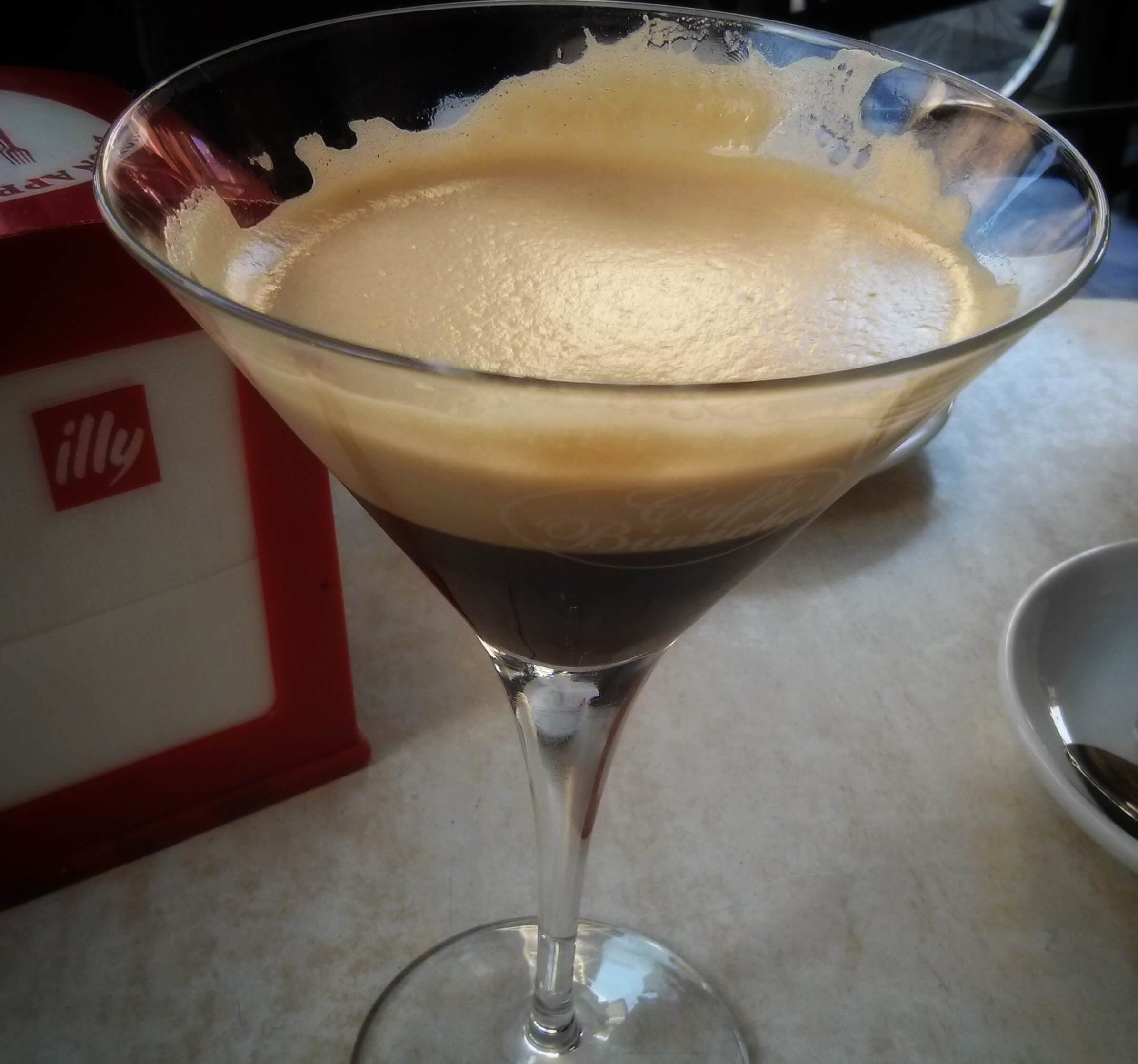
Move aside, frappuccino: the Italian answer to America’s favourite frozen coffee is a much classier affair than the oversized sugar-bomb purveyed by Seattle’s finest. Caffe Shakerato is an elegant summertime beverage made by vigorously shaking freshly brewed, slightly sweetened coffee over ice in a cocktail shaker. The vigorous shaking ensures that the coffee retains its distinctive espresso crema even as it cools. For this to work you need to keep shaking for longer than seems necessary - a good 30 seconds. The Shakerato should be served in a long stemmed martini glass, which only adds to its elan.
When to order: On a sun-kissed Italian summer’s day when the idea of imbibing something hot seems unthinkable.
Caffe Latte
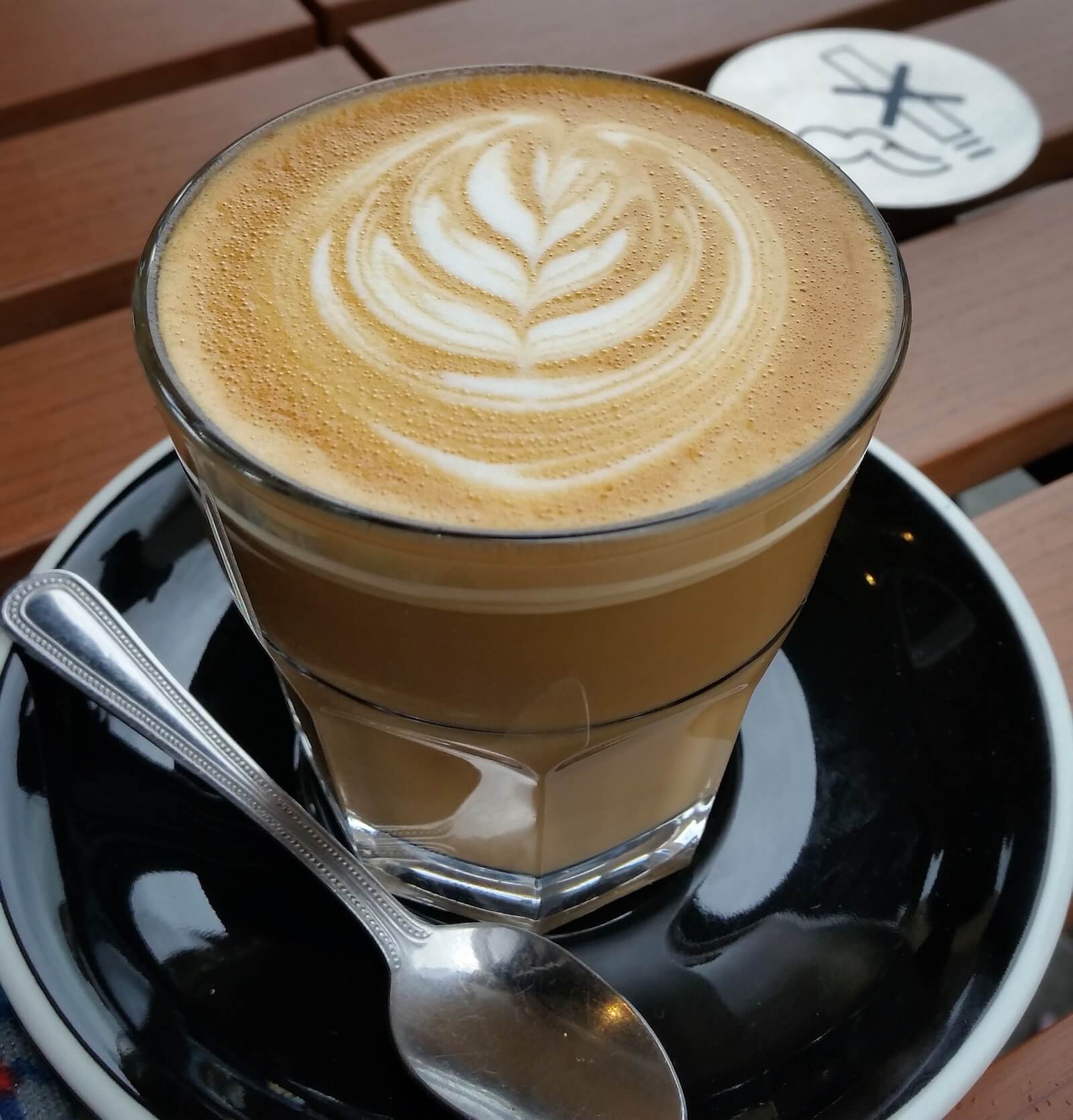
If the stronger Italian version of a cappuccino is a bit too coffee-ey for you in the morning, then never fear. In Italy a caffe latte occupies the niche of a longer, milkier coffee drink. Typically served in a glass, a fundamental difference between a cappuccino and a cafe latte is that whereas the former features a proportion of foam, the latter is simply a mix of coffee and steamed milk, making for a denser, milkier brew.
When to order: Best not to order this one after lunch.
Latte Macchiato
At the most delicate end of the spectrum, we find the latte macchiato. You’ll recall that the short caffe macchiato is a normal shot of espresso topped up with a dollop of steamed milk. Well, the latte macchiato is the opposite. It’s a long glass of warm milk ‘stained’ with a shot of espresso. The proportion of milk to coffee is greater than in a caffe latte, such that you won’t perceive too much caffeine in the final drink.
When to order: As with the caffe latte, the latte macchiato is a strictly morning-time beverage.
Caffe Marocchino
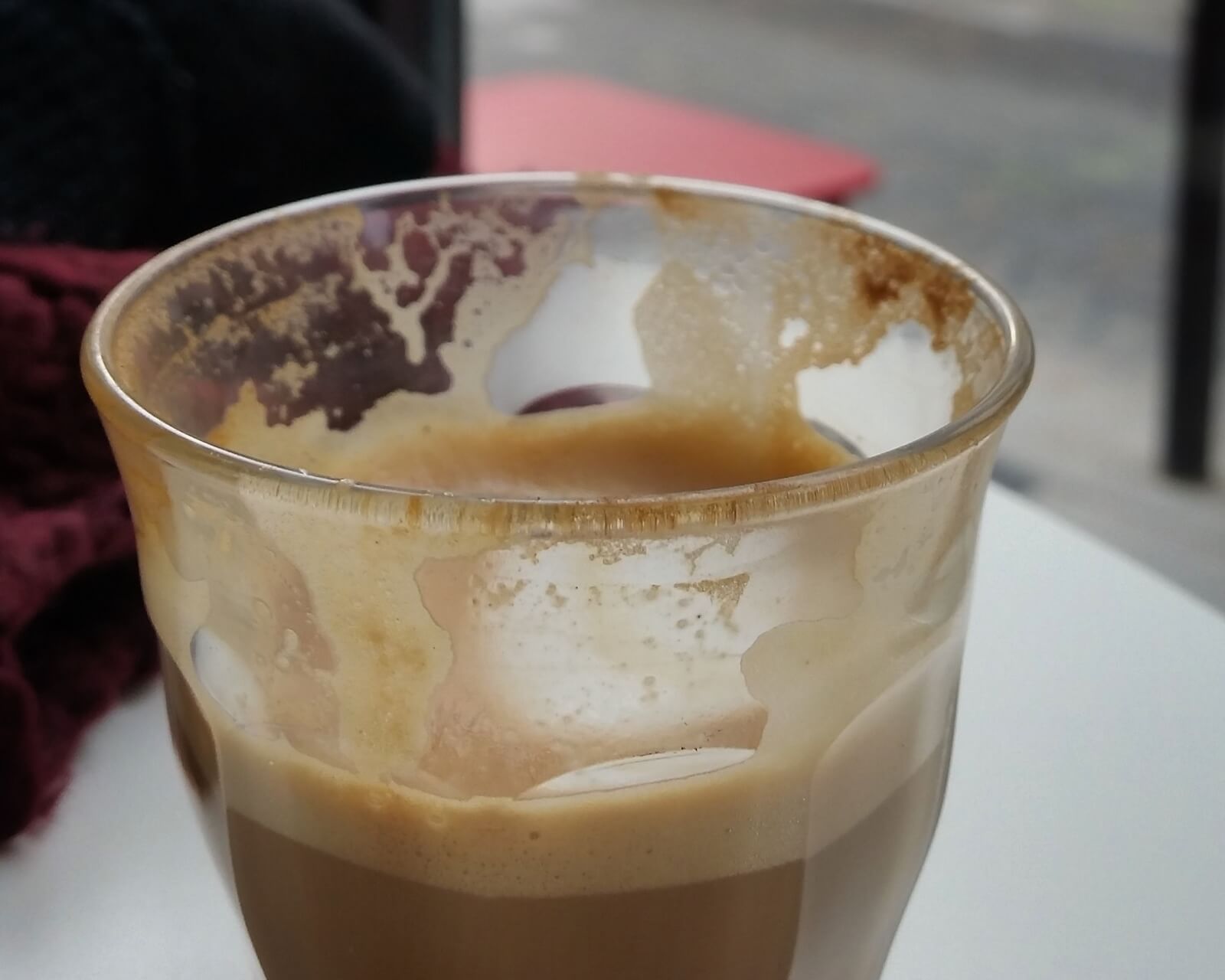
We’re getting into specialist coffee territory with the café marocchino, a mix of espresso, cocoa powder (and sometimes also chocolate syrup), and frothed milk elegantly layered in a glass espresso cup. The marocchino comes from the Piedmont region in northern Italy; the name, meaning ‘Moroccan,’ derives from its colour, similar to the brown hue of a kind of goat’s leather of the same name that became fashionable in the 1930s. The bar responsible for the coffee’s invention, in fact, was located next to a famous hatmaker’s factory, and the resemblance between the milliner’s most important raw material and the beverage was soon immortalised in the coffee’s name.
When to order: Whenever you are in need of a sweet treat!
Caffe/Cappuccino d’Orzo
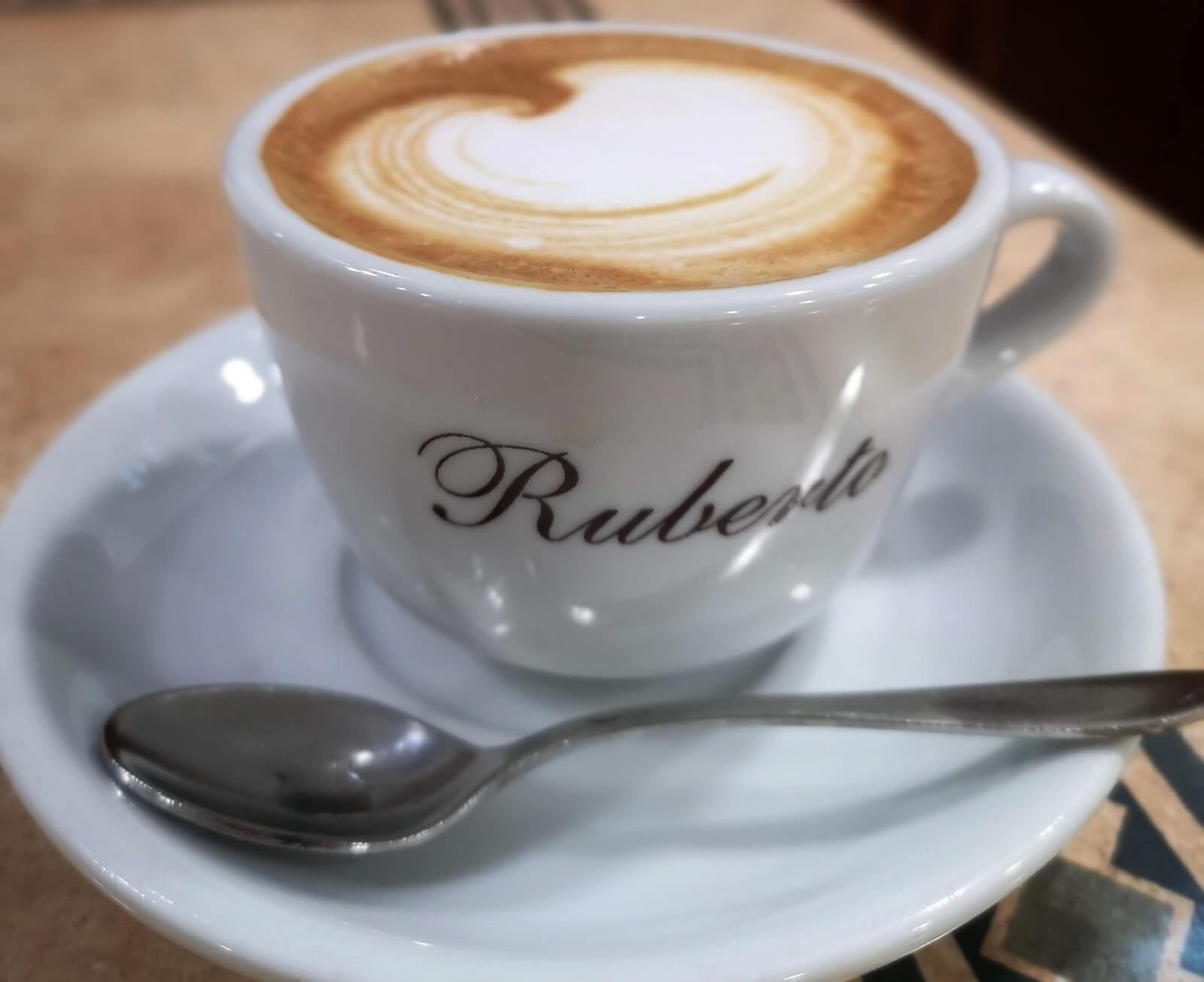
Though a very popular bar order, the final entry on our list isn’t even strictly speaking a coffee at all. Caffè d'orzo, meaning "barley coffee," is a caffeine-free alternative to traditional coffee made from roasted barley grains, providing a coffee-like flavour without the caffeine content. But whilst these days a caffè d'orzo is the perfect choice for those looking to avoid caffeine, traditionally the beverage was consumed out of necessity rather than choice. Coffee was often expensive, and in times of hardship or war could be unavailable for most. When coffee was strictly rationed during World War II, caffe d’orzo surged in popularity. After hostilities ended many had developed a taste for the ersatz alternative, and caffè d'orzo was established thenceforth as a staple in Italian cafes. As with real coffee, it can also be used as the basis for a milky version known as a cappuccino d’orzo.
When to order: When the pulsing sensation in your veins tells you you’ve had enough coffee for one day but you don’t want to renounce your place at the bar.
Through Eternity Tours offer award-winning itineraries across Italy. From the jaw-dropping highlights of the Vatican Museums and the Colosseum in Rome to itineraries in Venice, Florence and beyond, we've been helping visitors discover the best of Italy for over 20 years.
